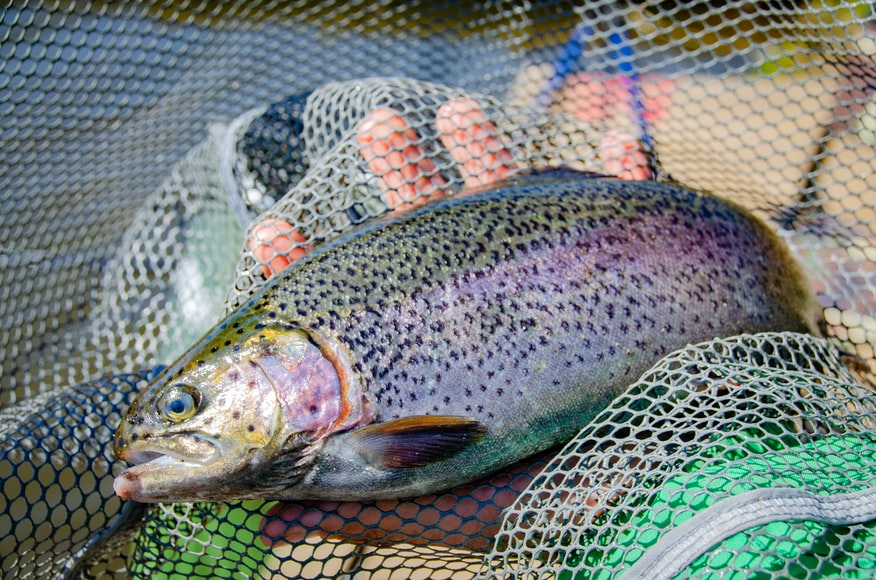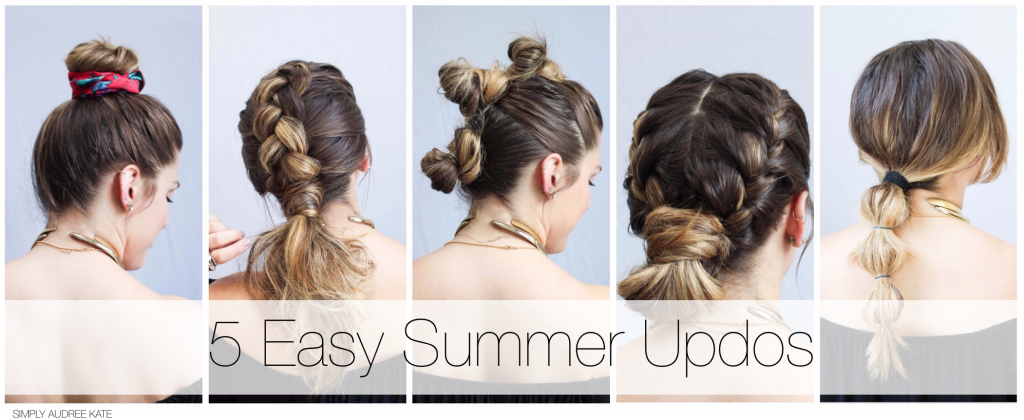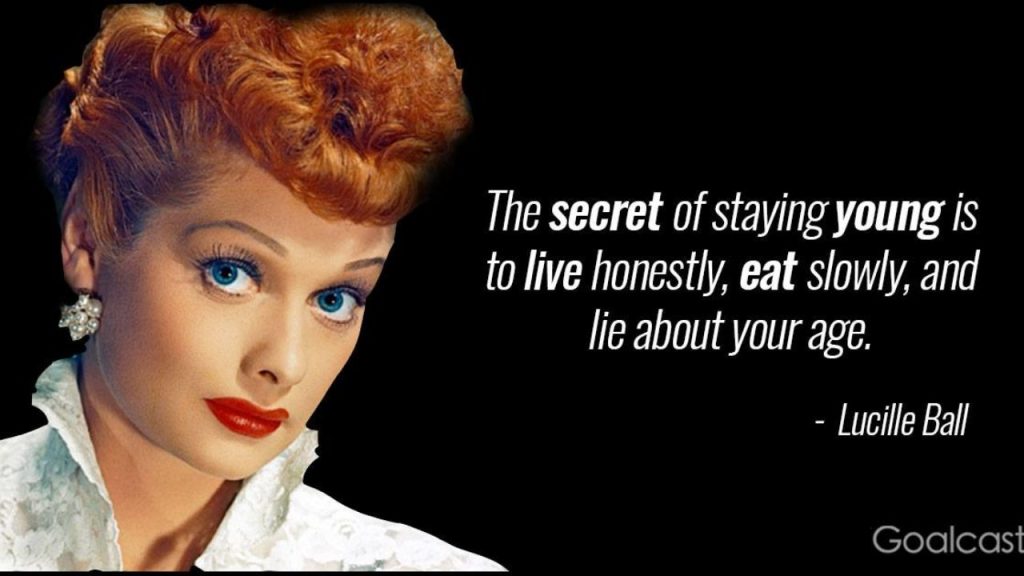Gray trout (also known as weakfish, Cynoscion regalis) are found all over the UK, though they are most abundant in Scottish waters. Speckled trout (also known as spotted seatrout, Cynoscion nebulosus) are available from mostly found in the southwest. Sea trout make up part of the drum family and are not related to freshwater trout and salmon.
Sea Trout Habitat and Diet
Sea trout live primarily in inshore waters, such as brackish and saltwater rivers, estuaries, and in the surf out up to a few miles from shore. They often like structures, such as reefs and wrecks, and cuts and canals in grassy marshes. Both grey and speckled trout feed on baitfish, like mullet, menhaden, anchovies, glass minnows, pinfish, spot, and small croakers, though shrimp, crabs, and squid also make up significant parts of their diets.
The Best Lures for Trout
Fishing for sea trout with jigs instead of traditional baits like pellets is often the most successful method for catching these fish. Using a weighted jighead with a three to six-inch grub works for these fish. Got-Cha jigheads in red, orange, white, or chartreuse, weighted in 1/8 or 1/4 ounce, are the best hooks. The grubs come in a range of colours and colour combinations, which is handy because, at times, sea trout are very selective, clearly preferring some colours more than others. A white grub with a chartreuse tail and a chartreuse or white jighead is often very productive in murky waters. When the water is clear, natural colours, like tan, brown, or grey (labelled pumpkinseed, root beer, and smoke, respectively) are best, maybe with a chartreuse tail to catch the eye of any nearby trout. At times, grubs with pink tails (like a Christmas tree, a silvery colour, with a pink tail) yield results when fishing.
How to Retrieve These Lures
These grubs are supposed to imitate shrimp and small minnows, but the way they are most retrieved has them appearing to be fleeing shrimp. Their tails twist when the grubs are pulled through the water, giving them a natural-looking, undulating motion. To fish one of these jigs, cast out, and let it sink most of the way to the bottom, and then raise the whole rod, lifting the lure several feet, from near the bottom to the top of the water column. Then reel the slack as the grub was pulled up and forward. Trout often hit when the angler is reeling the slackline and the grub is sinking back to the bottom. After reeling the slack, the angler should raise the rod again and repeat until the lure is back.
Other Ways to Fish for Trout
Using jigheads and grubs works best in water between five and fifteen feet deep. Trout often hold in holes and pockets on the bottom, so it may be a good idea to throw a few grubs into deeper water every once in a while. When chasing baitfish, sea trout may feed on the surface, sometimes jumping out of the water as they swim up through pods of mullet. When the fish are this aggressive, reeling fast and keeping the grub on the surface works to attract trout. This retrieve also works for bluefish, who may “abbreviate” the grub, biting it in half. Remember that trout also like structure, and they may cruise along rocky edges or drop-offs, so pop a jig around such areas.
Sea trout are great gamefish, and they are one of the easiest inshore fish to catch. Although most trout caught will be about a pound, six to eight-pound trout (gator trout, as they are called along the Gulf coast) did not get so hefty by fasting, and they are always willing to take a jig.





